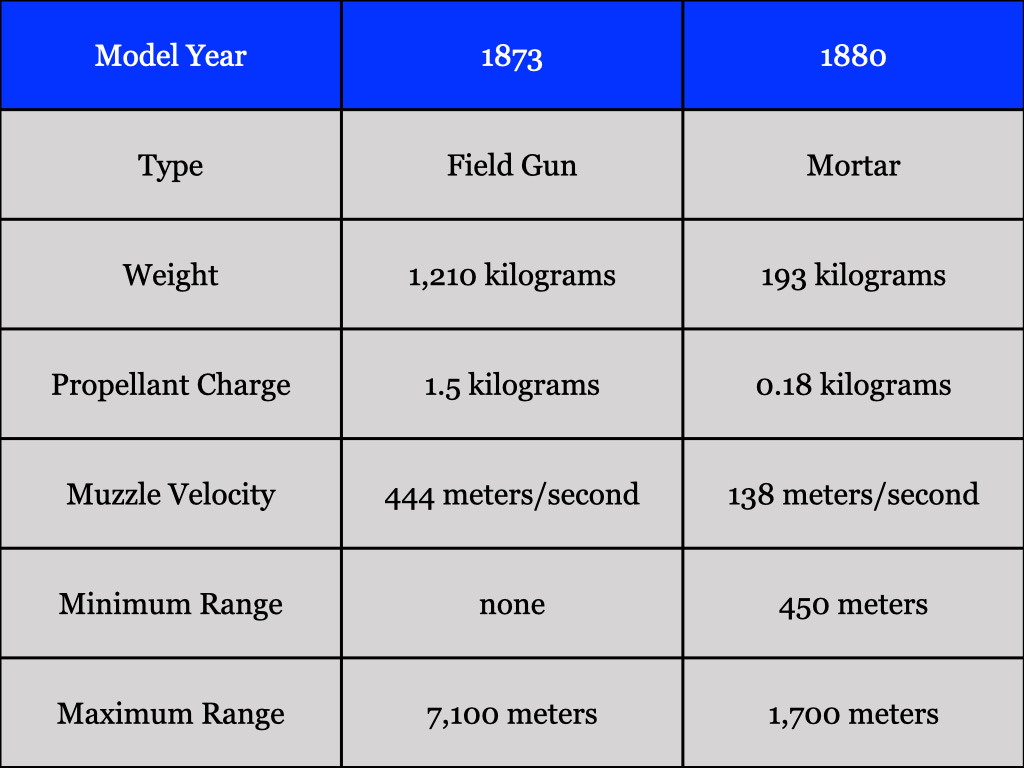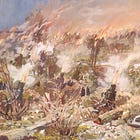The 9 cm Mortar of 1880
In the decade following the Franco-Prussian War (1870-1871), the newly independent Garrison Artillery (Fußartillerie) branch of the Prussian Army experimented with a wide variety of artillery pieces. One of these was a weapon that, in the course of its rapid journey from drawing board to scrapheap, discouraged the development of small-caliber mortars for a generation.
In March of 1880, the Prussian Army took delivery of four prototypes of a light mortar that might well be described as a much shorter version of the standard Prussian field gun of the day. Like the latter, the mortar was a rifled, breech-loading weapon with an 88-millimeter bore. (The official designations of both pieces rounded the caliber up to 9 centimeters.)1
In the minds of its advocates in the Prussian War Ministry, the 9 cm mortar would find a home in both siege trains and the artillery parks of fortresses. In other words, it was to be a weapon of both offensive and defensive fortress warfare, dropping its shells on top of soldiers who had taken shelter in trenches, ditches, hollows, and swales. Unfortunately, the shells used with the 9 cm mortar (which were the same as those fired by the 9 cm field gun) tended to bury themselves in the ground before exploding. Thus, their effect was no greater than that of inert projectiles.2
In 1892, after the failure of several attempts to use improved fuzes to solve the problem of self-burying shells, the Prussian War Ministry gave up on the 9 cm mortar. Thus, they took the mortars out of service and, in all likelihood, ordered the recycling of their bronze barrels.
For Further Reading:
The technical data in the chart comes from ‘Le Matériel de Siège, de Place, et de Côte de l’Artillerie Allemande’ Revue Militaire de l’Étranger (16 May 1881) pages 301-303.
Wilhelm Mummenhoff Die Moderne Geschütze der Fußartillerie, Teil 1 (Leipzig: Göschen, 1907) pages 113-116.









